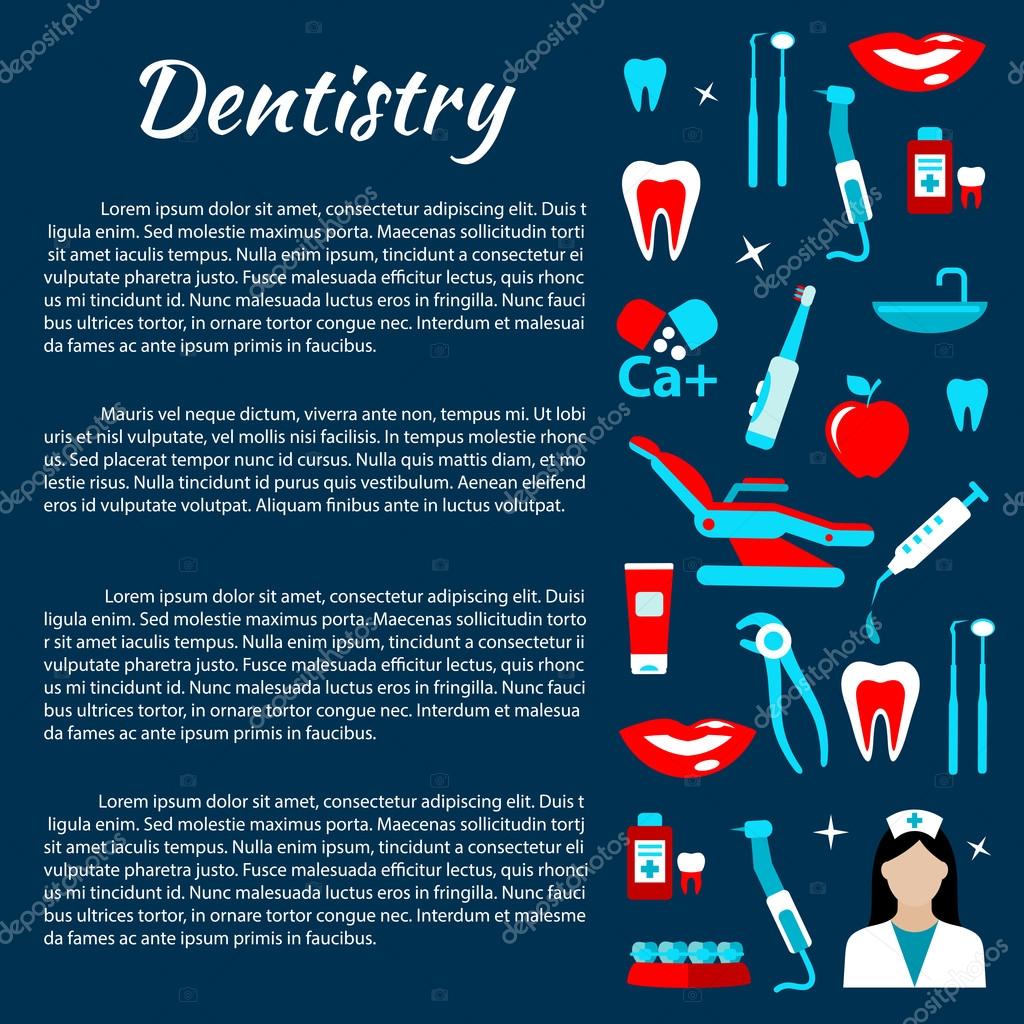When A Tooth Is Knocked Senseless, Prompt Activity Is Needed
When A Tooth Is Knocked Senseless, Prompt Activity Is Needed
Blog Article
Developed By-Holmberg Hubbard
If you find yourself in the unfavorable scenario of knocking senseless a tooth, recognizing the instant actions to take can make a substantial difference in saving your tooth. Managing https://aestheticdentistry87653.59bloggers.com/30670905/remaining-pain-puffy-gums-and-oral-emergencies-are-signs-that-demand-instant-assistance-from-an-emergency-situation-dental-professional-do-not-be-reluctant-to-seek-assistance and acting quickly are vital in boosting the opportunities of effective re-implantation. Yet what should you do next to guarantee the very best result for your knocked-out tooth?
Managing the Knocked-Out Tooth
If you have knocked senseless a tooth, handle it thoroughly to enhance the chances of successful reattachment. First, locate dentist salary and select it up by the crown, preventing touching the root. It's important to keep the tooth moist, so when possible, try to gently put it back right into the outlet.
If that's not possible, keep the tooth in a container with milk or your saliva to keep it hydrated. Remember not to scrub or tidy the tooth with any type of chemicals, as this can harm the fragile cells required for reattachment.
Prevent covering the tooth in cells or towel, as this can bring about dehydration. Time is important, so seek oral treatment instantly. The longer the tooth is out of its outlet, the lower the opportunities of effective reimplantation.
Immediate First Aid Tips
Beginning by carefully rinsing your mouth with warm water to clean up the location around the knocked-out tooth. This will help get rid of any kind of dirt or debris that might be present. Beware not to scrub or touch the root of the tooth, as this can cause more damage.
Next off, ideally, attempt to place the tooth back right into its socket. Hold it in position by carefully attacking down on a clean item of gauze or cloth. If you can't reinsert the tooth, do not compel it. Rather, maintain it wet by putting it in a cup of milk or saline service. Avoid saving the tooth in water as it can damage the origin cells.
To handle any blood loss, use gentle pressure to the area making use of a clean gauze or cloth. You can additionally apply a chilly compress to decrease swelling and alleviate discomfort. Bear in mind to take over-the-counter pain medicine as required.
Seeking Emergency Situation Dental Care
When dealing with a knocked-out tooth, seeking emergency situation dental care without delay is crucial to enhance the opportunities of conserving the tooth. Call your dentist instantly or head to the nearest emergency situation oral clinic. Time is of the essence in such circumstances, as the quicker you obtain therapy, the higher the chance of effective re-implantation.
Emergency oral care suppliers are geared up to deal with dental emergency situations, consisting of knocked-out teeth. They've the competence to analyze the problem of the tooth, address any kind of going along with injuries, and take the needed steps to attempt to save the tooth. Remember to handle the tooth meticulously, holding it by the crown and avoiding touching the origin, to maintain its stability.
Postponing seeking emergency oral care can dramatically decrease the chances of conserving the tooth. Without prompt professional treatment, the tooth may not be salvageable. Act swiftly, adhere to the assistance of the oral experts, and raise the chances of protecting your all-natural tooth.
Final thought
Bear in mind, fast action is essential when handling a knocked-out tooth. Deal with the tooth thoroughly, wash with water, return when possible, or store in milk/saline solution.
Apply stress and chilly compress to regulate bleeding and swelling. Look for emergency dental treatment instantly for the best opportunity of conserving the tooth.
Time is essential, so do not postpone in obtaining specialist assistance to protect the tooth's feasibility.
